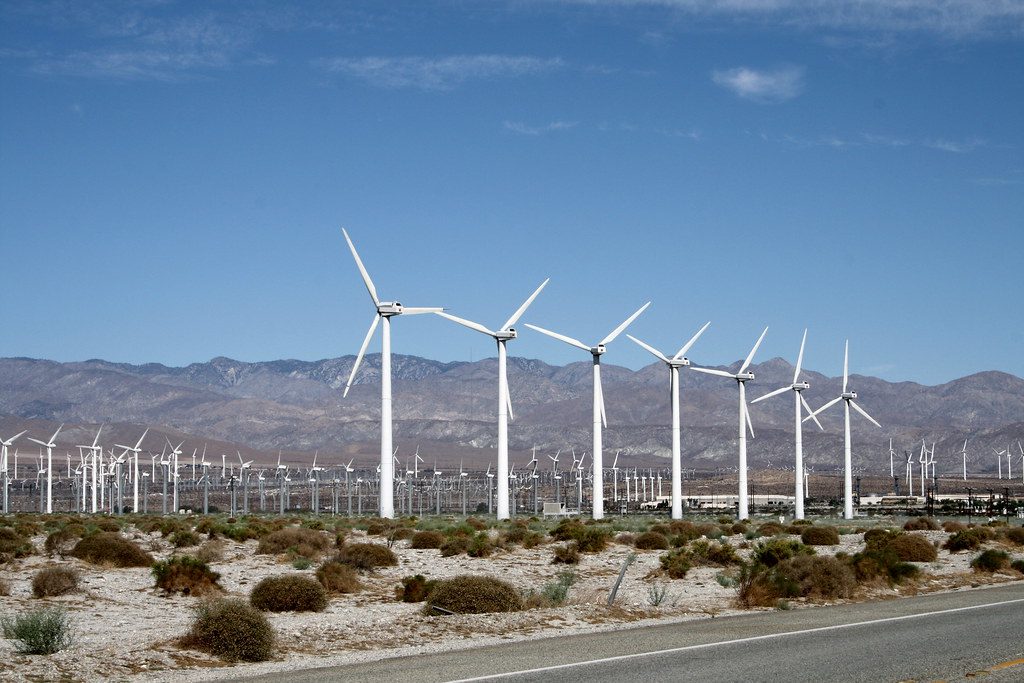Approaches to comparing renewable electricity generation with other source

An interesting article, by the Energy Information Administration in the U.S. provides details on the approaches to compare renewable electricity generation with other sources. Evaluating the different sources is based on a fossil fuel equivalence and a captured energy approach.
The U.S. Energy Information Administration has published an interesting article highlighting two approaches to compare renewable electricity generation with other sources. Essentially, the approaches look at “the fossil fuel equivalence approach and the captured energy approach. The choice of approach may serve different analytical or statistical needs.”
In 2018, the fossil fuel equivalence approach showed that primary energy consumption for electric power generation from noncombustible renewable sources was equal to consuming 5,989 trillion British thermal units (Btu), or 15% of the total energy consumption for utility-scale electricity generation in that year. This value includes 2,218 trillion Btu of energy transformed into electricity based on the constant heat content of electricity and an adjustment of 3,771 trillion Btu to reflect the weighted average heat rate for fossil fuel-fired power plants.
EIA estimates total primary energy produced and consumed in the United States. To compare contributions by various sources, estimates of total energy must be in a common unit. EIA uses the energy content of the source measured in British thermal units, which are derived from the underlying heat content of fuels reported to EIA in physical units. The heat contents of fossil fuels and combustible renewables are based on how much heat is produced from burning coal, oil, natural gas, or biomass energy. For nuclear energy, primary energy is measured as the heat produced from nuclear fission in the reactor core. Noncombustible renewables are a special case because energy is extracted without burning a fuel.
Noncombustible renewables generate electricity by converting energy—such as the kinetic energy in flowing water and solar radiation—into electricity. Because energy can be extracted from water, wind, solar, and geothermal without combustion, heat losses as a result of electricity conversion are negligible. Energy losses for noncombustible renewable electricity are based primarily on how efficiently the generator can gather and convert available energy into electricity. Unlike combustion fuels, which are bought and sold based on intrinsic heat value and physical quantity, noncombustible renewable resources have no direct economic value. As a result, EIA calculates primary energy consumption by converting kilowatt-hours (kWh) produced by noncombustible sources to heat.
Traditionally, EIA used the fossil fuel equivalency approach to report noncombustible renewables’ contribution to total primary energy, in part because the resulting shares of primary energy are closer to the shares of generated electricity. The fossil fuel equivalency approach applies an annualized weighted-average heat rate for fossil fuel power plants to the electricity generated (in kilowatt-hours) from noncombustible renewables. This calculation also represents the energy that would have been consumed if the electricity from renewable sources had instead been generated by a mix of fossil fuels. Without adjusting primary energy for fossil fuel equivalence (see above chart), the noncombustible renewable share of total energy consumption for utility-scale electricity generation would be 6% in 2018 instead of the 15% share under the fossil fuel equivalency approach. On a physical units basis, net generation from noncombustible renewable energy sources was 650,008 thousand megawatt-hours, or 16% of total utility-scale net generation, in the same year.
Exactly what this means for geothermal energy in this context is unclear, but the article provides an interesting basis to evaluate the impact of the different renewable energy technologies on overall primary energy supply.
Looking at electricity net generation in the U.S., it is interesting to see the drop in coal-power, the stagnant status of nuclear power and the growth of renewables. Remarkable is though the continued exponential growth of natural gas in the U.S., showing also one of the key challenges for further geothermal development in the U.S.
For the full article see link below.
Source: EIA